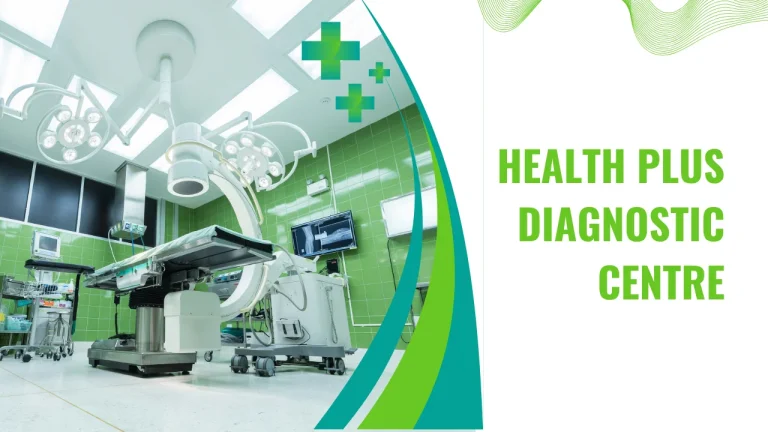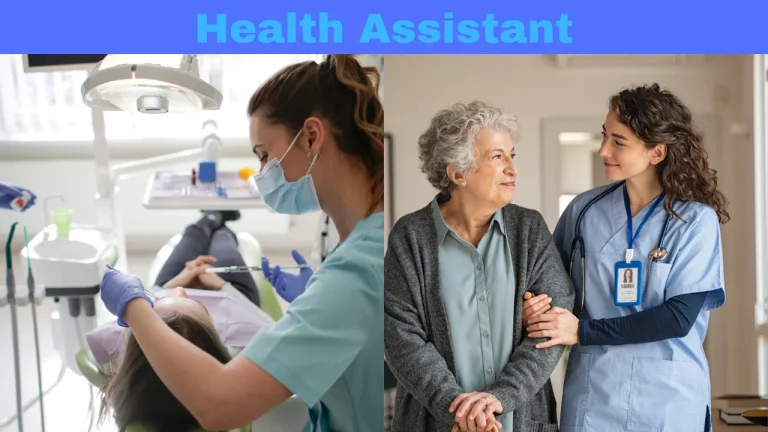UP Health Family Welfare: Better Health for Every Citizen

Uttar Pradesh, India’s most populous state, faces unique challenges when it comes to public health. Over the years, the UP Health Family Welfare department has made consistent efforts to improve healthcare services across the state. From rural clinics to advanced urban hospitals, the goal has been to build a better healthcare system for all citizens. Whether you’re visiting a small health care diagnostic centre in a village or a major hospital in Lucknow, the presence of this department is seen everywhere.
In this article, we explore how UP Health Family Welfare works, its major initiatives, and why it plays a crucial role in improving the health of millions. This article will help you understand the key programs, facilities, and future of public health in UP.
What is UP Health Family Welfare?
It is a government department responsible for planning and implementing healthcare and family welfare programs across Uttar Pradesh. The department manages both curative and preventive services. It ensures that essential health services reach even the most remote areas of the state. The main focus is to improve maternal and child health, control diseases, promote family planning, and enhance public awareness.
It also works with national programs like the National Health Mission to bring central government support to state initiatives. The department functions under the Ministry of Health and Family Welfare and is essential for maintaining public health in the state.
Mission and Vision
The mission of UP Health Family Welfare is simple yet impactful: “Better health for every citizen.” The department wants every resident of UP to access quality health services regardless of their economic or social status.
The vision includes:
- Building more hospitals and clinics in rural and urban areas.
- Increasing the availability of doctors, nurses, and medicines.
- Improving sanitation and clean water facilities.
- Promoting awareness on personal hygiene, nutrition, and vaccination.
Their approach combines modern medicine with local outreach to ensure that even tribal and underserved populations benefit from healthcare services.
Functions of the Department
The Family Welfare department performs several important duties. These include:
- Implementing family welfare programs
- Running health awareness campaigns
- Conducting vaccinations and immunization drives
- Providing maternal and child care
- Controlling communicable and non-communicable diseases
- Collaborating with health institutions and NGOs
The department also monitors health indicators like birth rate, death rate, and infant mortality. Based on these stats, they plan new initiatives and adjust current strategies.
Major Schemes
It has launched multiple health schemes in recent years. Each program focuses on a specific health issue or population group. Let’s look at a few of them:
1. Janani Suraksha Yojana (JSY)
This scheme helps pregnant women, especially in rural areas. Women who give birth in government hospitals receive financial support. It encourages institutional deliveries, reducing maternal and infant deaths.
2. Pradhan Mantri Jan Arogya Yojana (PMJAY)
This program provides free health insurance to families below the poverty line. Beneficiaries can get treatment at both government and empaneled private hospitals without paying.
3. Mission Indradhanush
Children under two years and pregnant women receive free vaccines against common diseases. This helps reduce the disease burden and keeps families healthy.
4. Rashtriya Bal Swasthya Karyakram (RBSK)
This child health program focuses on early detection of diseases and developmental delays in children. Doctors visit schools and Anganwadi centers to screen children regularly.
Major Health Programs Managed
| Program Name | Target Group | Objective |
|---|---|---|
| Janani Suraksha Yojana | Pregnant women | Encourage hospital deliveries |
| PMJAY | Low-income families | Free health insurance |
| Mission Indradhanush | Children & pregnant women | Complete immunization |
| RBSK | School children | Detect and treat early health problems |
How Health Services are Delivered
To deliver services across UP, the department uses a three-tier system:
- Primary Health Centres (PHCs)
These are the first contact points in rural areas. They offer basic treatment, checkups, and medicines. - Community Health Centres (CHCs)
CHCs are larger and have more medical staff and equipment. They handle surgeries, childbirth, and serious cases. - District Hospitals and Medical Colleges
These provide specialized treatment. They have departments like cardiology, neurology, and orthopedics.
The government also runs mobile health vans to reach remote villages. These vans carry doctors, nurses, and diagnostic tools to places where hospitals are not nearby.
Role of Technology
Technology has helped the department improve transparency and speed. The introduction of e-Hospital, telemedicine, and online patient records has changed how people access care.
Patients can now book appointments online. Doctors can access medical history instantly. The use of AI in diagnostics and mobile health apps is also increasing.
Is Dalda Good for Health? What Public Health Campaigns Say
While not a direct focus, it supports nutrition education and healthy eating campaigns. One common question people ask is, “Is Dalda good for health?”
Nutrition experts linked with the department advise reducing trans fats found in products like Dalda. These fats can cause heart diseases. Instead, they promote using oils with unsaturated fats such as sunflower or olive oil. Awareness campaigns encourage people to read food labels and choose better alternatives.
The focus is also on reducing sugar and salt intake, drinking clean water, and maintaining a balanced diet. These public health messages are spread through schools, health centers, and village health meetings.
Public Participation and Awareness
No health policy can work without public support. The UP Health Family Welfare department engages with citizens through:
- Health Melas (health fairs)
- Village Health Nutrition Days
- School health programs
- Radio and TV ads on hygiene, vaccination, and diet
They use local languages so messages reach everyone. Posters, videos, and even street plays are used in awareness campaigns. The idea is to involve every family in improving their health.
Challenges in Public Health
Despite progress, the department faces several challenges:
- Shortage of medical staff in rural areas
- Limited funding for advanced medical equipment
- Poor health literacy among some communities
- Malnutrition in children and mothers
- Pollution-related diseases in urban areas
But the government is addressing these issues through regular training of health workers, setting up new medical colleges, and increasing the health budget.
Upcoming Plans of UP Health Family Welfare

The future of public health in Uttar Pradesh looks promising. The department plans to launch more digital platforms to improve service delivery. They are working on expanding health insurance coverage and building more hospitals in underserved areas.
Focus areas for the coming years include:
- Women’s reproductive health
- Elderly care and geriatric services
- Mental health awareness
- Lifestyle disease prevention
The department is also partnering with private players and international agencies to bring new innovations to the public health system.
Health Statistics that Matter
To understand the progress, here are some key health indicators related to Uttar Pradesh:
| Health Indicator | Status (2024 est.) |
|---|---|
| Infant Mortality Rate | 38 per 1,000 live births |
| Maternal Mortality Ratio | 167 per 100,000 live births |
| Institutional Deliveries | 82% |
| Immunization Coverage | 89% |
| Health Budget (State) | ₹37,000 crores approx. |
These numbers show that while UP has improved, more work is still needed. Constant monitoring and community involvement will ensure success.
Conclusion:
UP Health Family Welfare is the backbone of the state’s public health system. It touches the lives of every citizen—from newborns to senior citizens. The department continues to evolve by using technology, improving access, and focusing on preventive care.
Programs such as immunization, maternal health, and insurance coverage have already made a huge impact. With public support and sustained efforts, Uttar Pradesh can overcome health challenges and ensure a better future for all.
Whether you’re visiting a doctor at a government clinic or using services at a health care diagnostic centre, the work of this department affects you. By staying informed and taking part in local health programs, every individual can contribute to the vision of a healthier UP.
It is not just a government office—it’s a lifeline for millions of people. The journey continues, with the aim of ensuring that every citizen enjoys the right to health and wellness.






